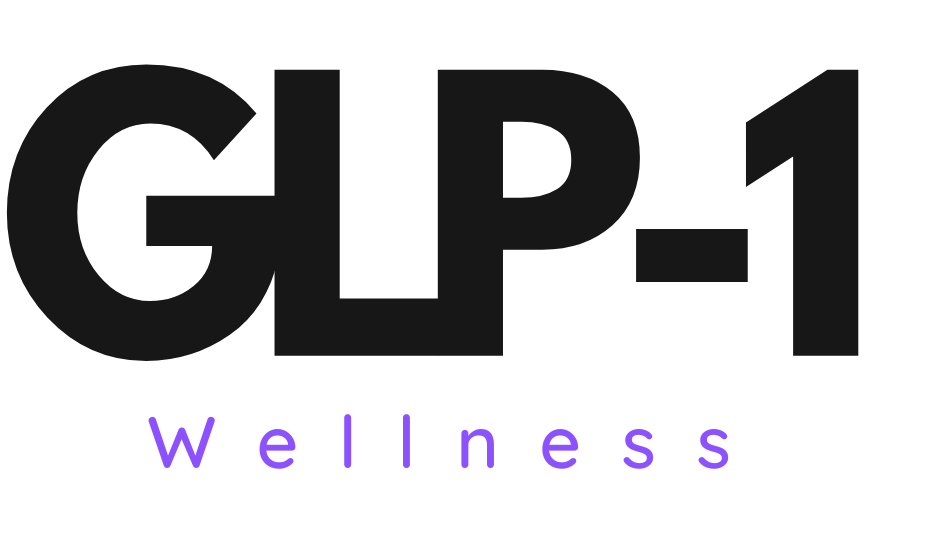Navigating the Landscape: The Intersection of Cost and Accessibility in Diabetes Medication
In the ever-evolving landscape of healthcare, the intersection of cost and accessibility plays a pivotal role, particularly in the context of diabetes medication. As individuals and healthcare systems strive to manage the complexities of diabetes care, the financial implications and the ease of obtaining essential medications are critical considerations. In this exploration, we delve into the dynamic relationship between the cost of diabetes medications and the accessibility of these life-sustaining treatments, shedding light on the challenges faced by individuals and the broader healthcare community. Join us in navigating this intricate terrain where financial constraints and availability converge, shaping the accessibility and affordability of diabetes medications for those who need them most.
In the realm of diabetes care, the interplay between cost and accessibility of medications holds significant sway over the well-being of individuals and the effectiveness of healthcare systems. This intricate relationship is particularly evident in the context of diabetes medications, where the financial burden and the ease of obtaining essential treatments are paramount concerns. Managing diabetes is a lifelong journey, and the cost of medications is a substantial aspect that influences treatment adherence and overall outcomes. For individuals, the financial burden of diabetes medications can be substantial, especially when considering the often long-term and consistent nature of these treatments.
The affordability of medications is a crucial factor influencing a patient’s ability to adhere to prescribed regimens, impacting glycemic control and overall health. The landscape of diabetes medications encompasses various classes, each with its associated costs. While generic options may provide more affordable alternatives for some, others may rely on newer, potentially more expensive, but sometimes more effective drugs.
The accessibility of these medications depends not only on their cost but also on insurance coverage and healthcare policies, which can vary widely. Healthcare disparities are further accentuated when considering the accessibility of diabetes medications. Vulnerable populations, including those with limited financial means or inadequate health insurance, may face challenges in accessing essential medications. This discrepancy raises concerns about equitable healthcare delivery and the potential consequences of unmet medication needs on health outcomes.
The global dimension of diabetes care introduces another layer of complexity. Access to medications varies across countries, with disparities in healthcare infrastructure, regulatory frameworks, and affordability. While some regions benefit from robust healthcare systems that ensure widespread availability of medications, others grapple with barriers that limit access, creating a stark contrast in the quality of care individuals receive.Addressing the intersection of cost and accessibility requires a multi-faceted approach. Policymakers, healthcare providers, and pharmaceutical companies must collaborate to develop solutions that prioritize patient well-being. Initiatives that aim to reduce the financial burden on individuals, such as subsidies, prescription assistance programs, or policies fostering generic competition, can contribute to improved accessibility.
Furthermore, fostering awareness and education about available resources for financial assistance is crucial. Empowering individuals to navigate the complex landscape of healthcare costs can enhance their ability to access necessary medications and manage their condition effectively.
In conclusion, the nexus of cost and accessibility in diabetes medication presents a multifaceted challenge with implications for individual health and healthcare systems. Recognizing the intricate dynamics at play and working collectively to address these issues is essential for fostering a healthcare environment where individuals can access and afford the medications they need to lead healthy lives with diabetes.







